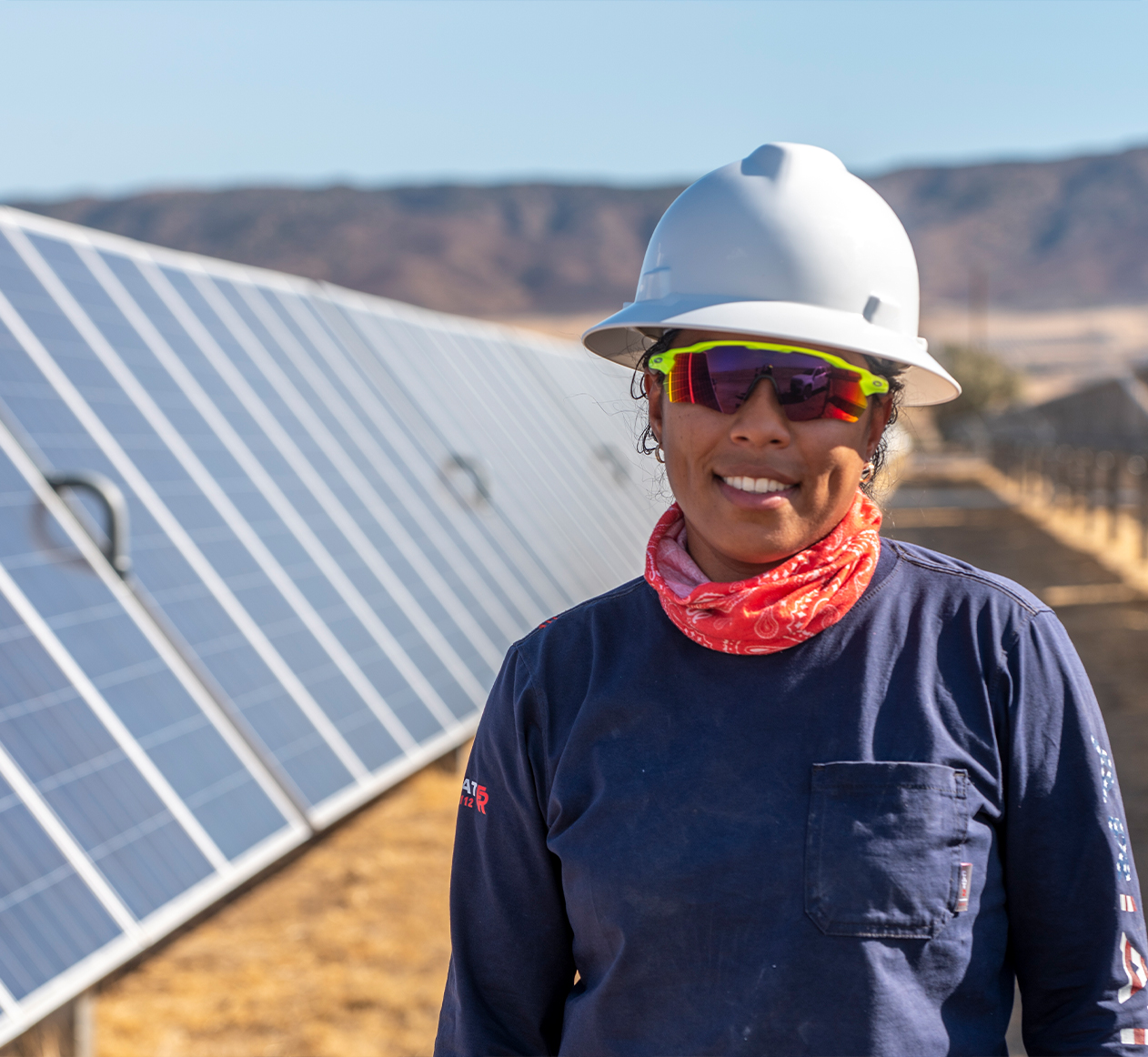Solar, coupled with energy storage, is the backbone of California’s Zero Carbon Plan, and the technology has advanced to the point where solar is now the leading cost-effective renewable resource, with costs 80% lower today than ten years ago. Solar technology is safe and durable, with panels often warrantied for 30 years or more.
Solar projects also bring several benefits to local communities and the lands that they occupy. Projects have the ability to create new habitat for species – both on the project site and through mitigation measures. In fact, many of today’s solar projects, particularly those built on already-disturbed lands, are seeing a species resurgence onsite, with both plants and animals building new habitat within project fence lines.
Projects built today have inherent dust control capabilities and can be an ideal land use, particularly on disturbed lands or those with water constraints.
Solar projects also create good jobs. According to the National Solar Jobs Census, California ranked first in 2022 with the number of solar jobs in the nation with a total of 78,116 in the state.1
1 https://www.nrel.gov/news/program/2021/documenting-a-decade-of-cost-declines-for-pv-systems.html

